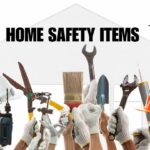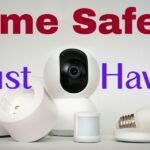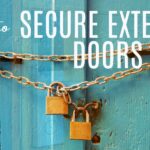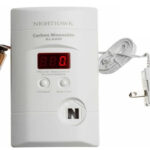Home safety essentials, such as carbon monoxide detectors, should not be an afterthought. Your home should be a safe place for you and your family, but many houses lack basic safety items that could prevent accidents and save lives. Every home needs key safety essentials like smoke detectors, fire extinguishers, first aid kits, and security devices to protect against common … [Read more...] about Home Safety Essentials Every Family Needs
Home Safety
Home safety devices
Creating a safe home is a multi-faceted endeavor that involves more than just locking the doors at night. There are affordable home safety devices that any homeowner should install in their property. Home safety and security are crucial for protecting your family and possessions, and providing peace of mind. There are a variety of tools and practices that can help … [Read more...] about Home safety devices
Best Self Defense Tools For Women: Effective Options for Personal Safety
Self-defense tools can help you feel safer and more confident when out and about. These items come in many forms, from small gadgets to more traditional weapons. But having said that, what are the best self defense tools for women? read along Knowing your options is the first step in choosing the right tool for your needs. The best self-defense tools for women and young … [Read more...] about Best Self Defense Tools For Women: Effective Options for Personal Safety
How To Secure Exterior Doors If You Can’t Reinforce: Simple and effective alternatives
Keeping your home safe is important. Exterior doors are a key part of home security. They help stop unwanted people from getting inside making your front door security a must think about. We`ll look at ways to secure exterior doors if you can't reinforce for whatever reason. span sThere are ways to make doors safer without major changes to the house. These methods … [Read more...] about How To Secure Exterior Doors If You Can’t Reinforce: Simple and effective alternatives
Why You Need A Carbon Monoxide Detector In Your Home
Your home is not safe without getting the best carbon monoxide detector you can find. Many homeowners think a fire detector is enough but this is not the case. A fire safety plan is incredibly important, but it can only go so far as to protect your family. Carbon monoxide detectors are a must-have addition that could literally save lives by alerting you and loved ones of … [Read more...] about Why You Need A Carbon Monoxide Detector In Your Home



